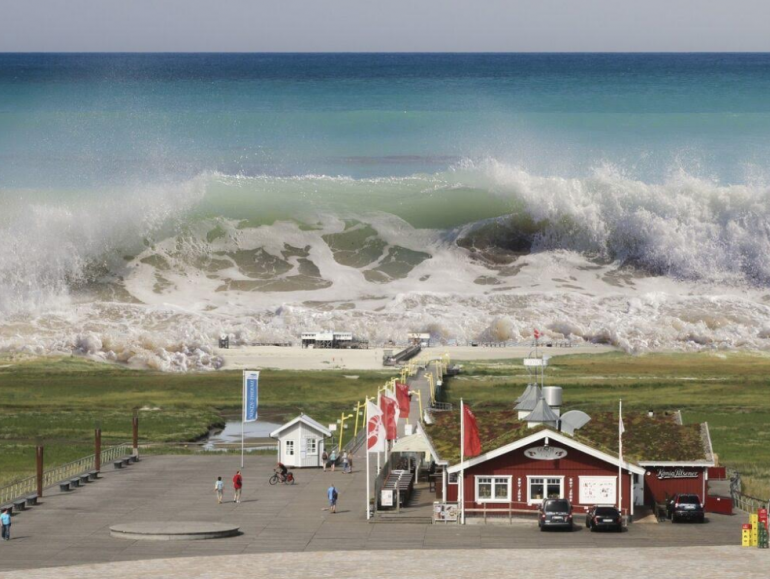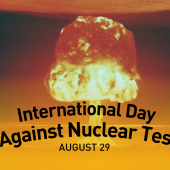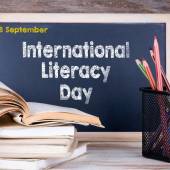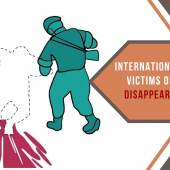World Tsunami Awareness Day

Every year World Tsunami Awareness Day is observed on November 5.
This day is designated by the United Nations to raise awareness about the importance of tsunami education so people will be able to act promptly when tsunami warnings are issued.
A resolution 70/23 of the United Nations declared November 5 as World Tsunami Awareness Day on December 22, 2015.
The day was first observed in Japan due to its repeated, bitter tsunami experiences. Over the years the Japanese gained a great deal of expertise in tsunami early warnings, public action, and how to rebuild after a disaster better to reduce its impact in the future.
There are few natural disasters as devastating and dangerous as tsunamis.
Tsunamis are rare events but can be extremely deadly. In the past 100 years, 58 of them have claimed more than 260,000 lives, an average of 4,600 per disaster, surpassing any other natural hazard.
The Indian Ocean tsunami of December 2004 caused an estimated 227,000 fatalities in 14 countries, with Indonesia, Sri Lanka, India and Thailand hardest hit.
Just three weeks after the event, the international community came together in Kobe, in Japan’s Hyogo region. Governments adopted the 10-year Hyogo Framework for Action, the first comprehensive global agreement on disaster risk reduction.
They also created the Indian Ocean Tsunami Warning and Mitigation System, which boasts of scores of seismographic and sea-level monitoring stations and disseminates alerts to national tsunami information centres.
Rapid urbanization and growing tourism in tsunami-prone regions are putting ever more people in harm’s way.
That makes the lessening of risk a key factor if the world is to achieve substantial reduction in disaster mortality – a primary goal of the Sendai Framework, the 15-year international agreement adopted in March 2015 to succeed the Hyogo Framework.
The word "tsunami" comprises of the Japanese words "tsu" (meaning harbor) and "nami" (meaning wave). A tsunami is a series of enormous waves created by an underwater disturbance usually associated with earthquakes occurring below or near the ocean.
Volcanic eruptions, submarine landslides, and coastal rock falls can also generate a tsunami, as can a large asteroid impacting the ocean. They originate from a vertical movement of the sea floor with the consequent displacement of water mass.
Tsunami waves often look like walls of water and can attack the shoreline with waves coming every 5 to 60 minutes.
Radio Veritas Asia (RVA), a media platform of the Catholic Church, aims to share Christ. RVA started in 1969 as a continental Catholic radio station to serve Asian countries in their respective local language, thus earning the tag “the Voice of Asian Christianity.” Responding to the emerging context, RVA embraced media platforms to connect with the global Asian audience via its 21 language websites and various social media platforms.














